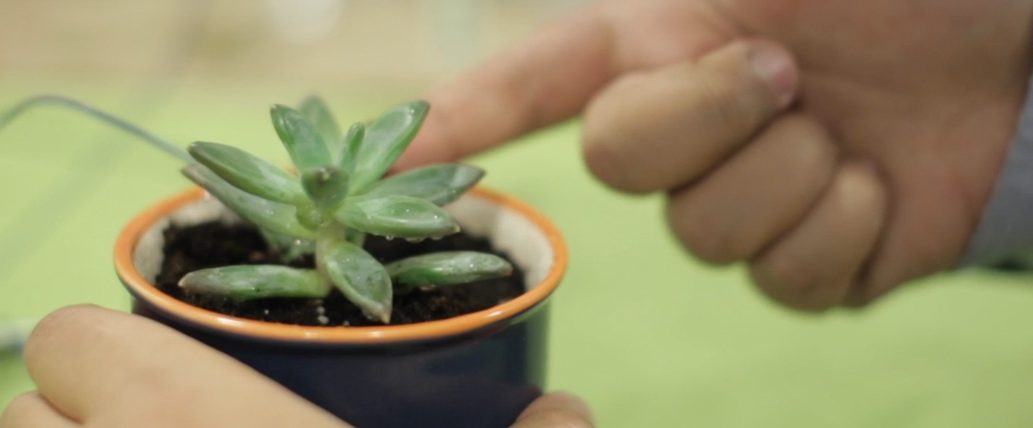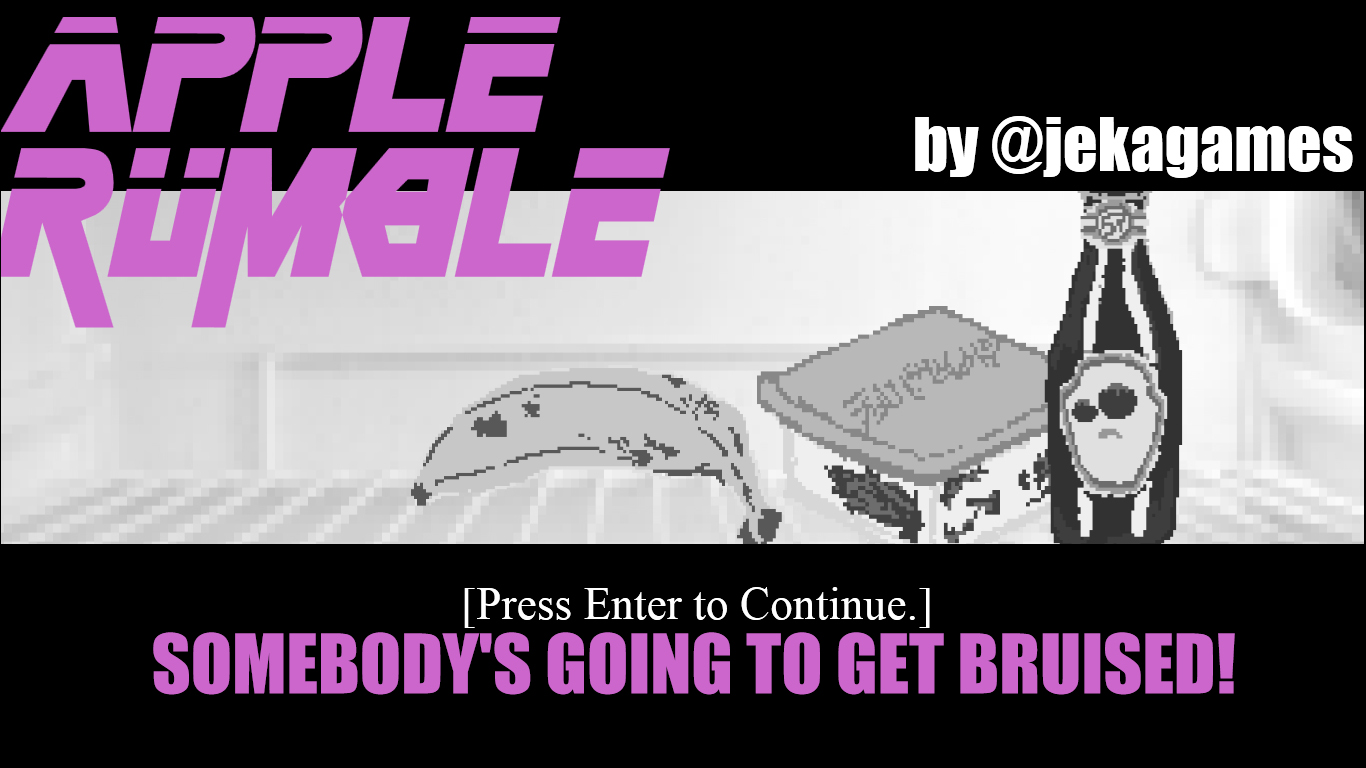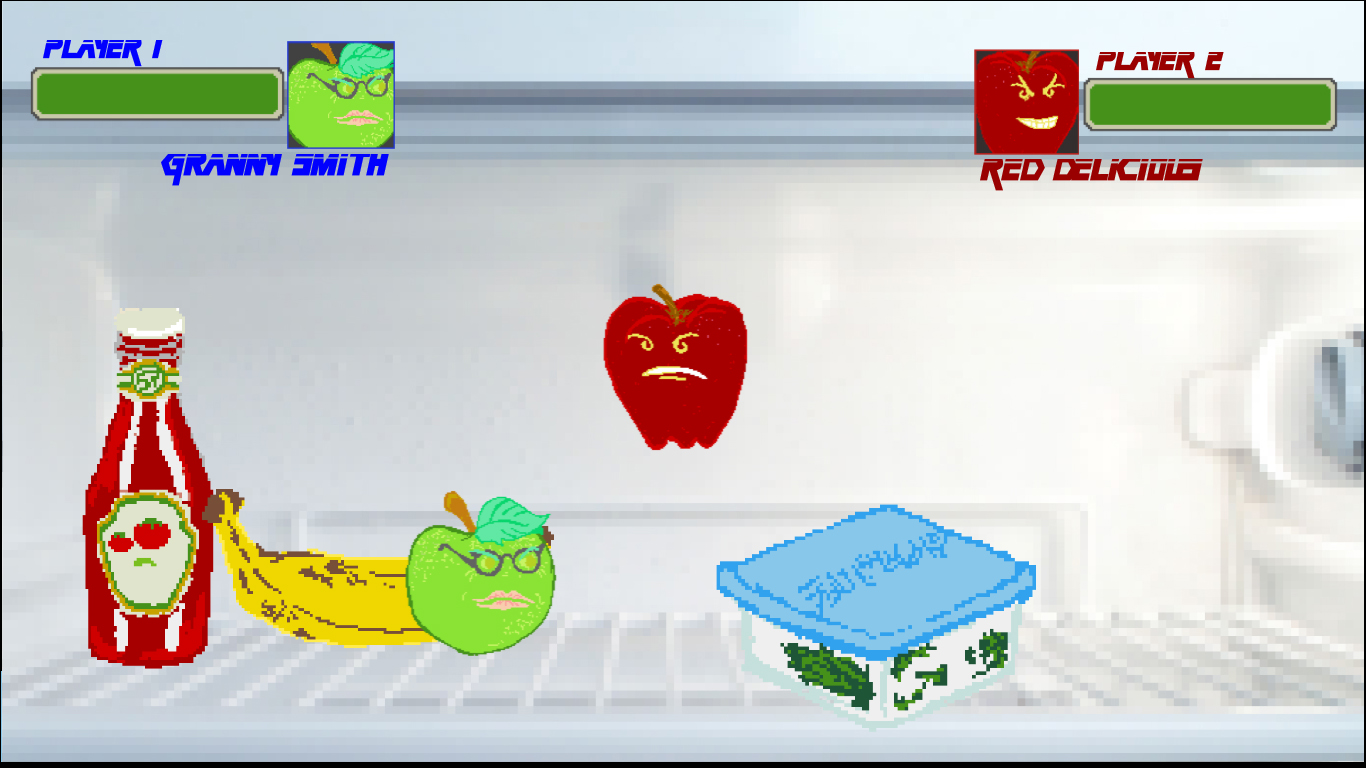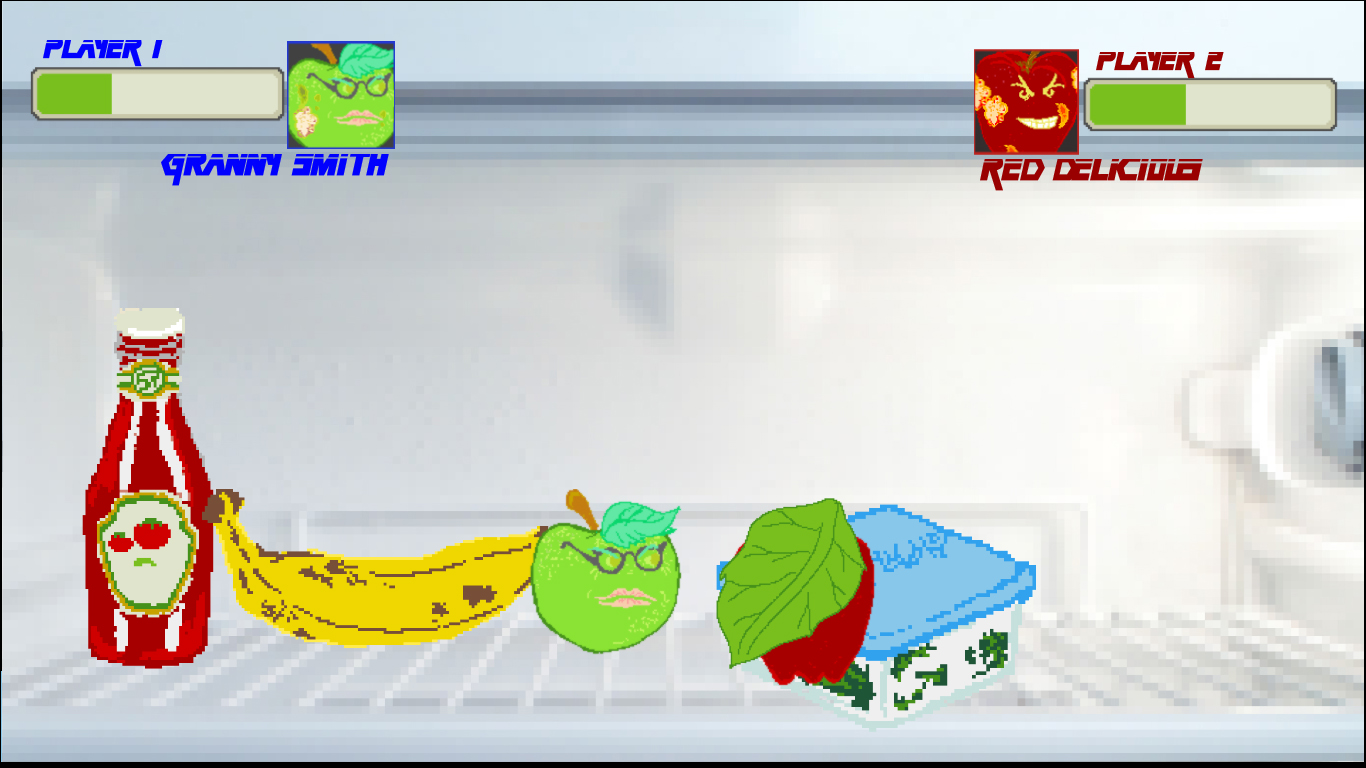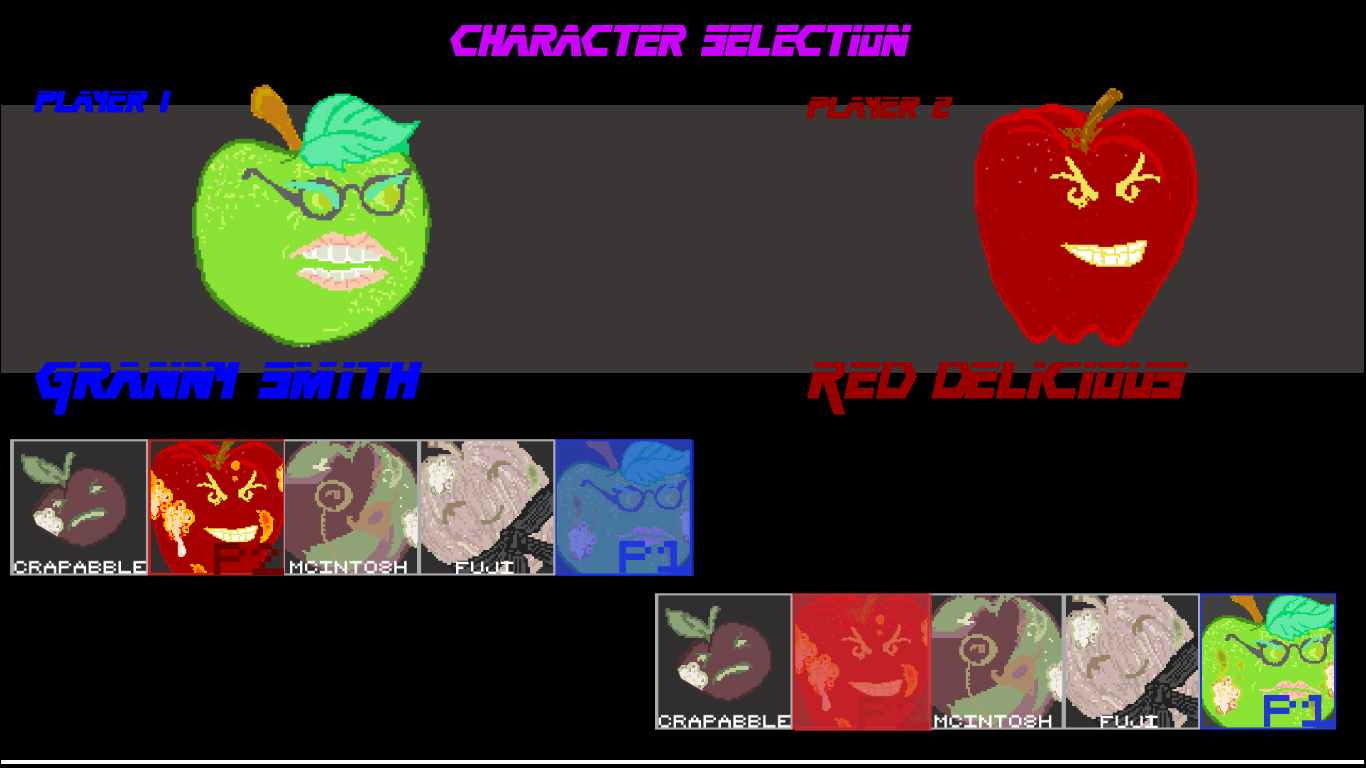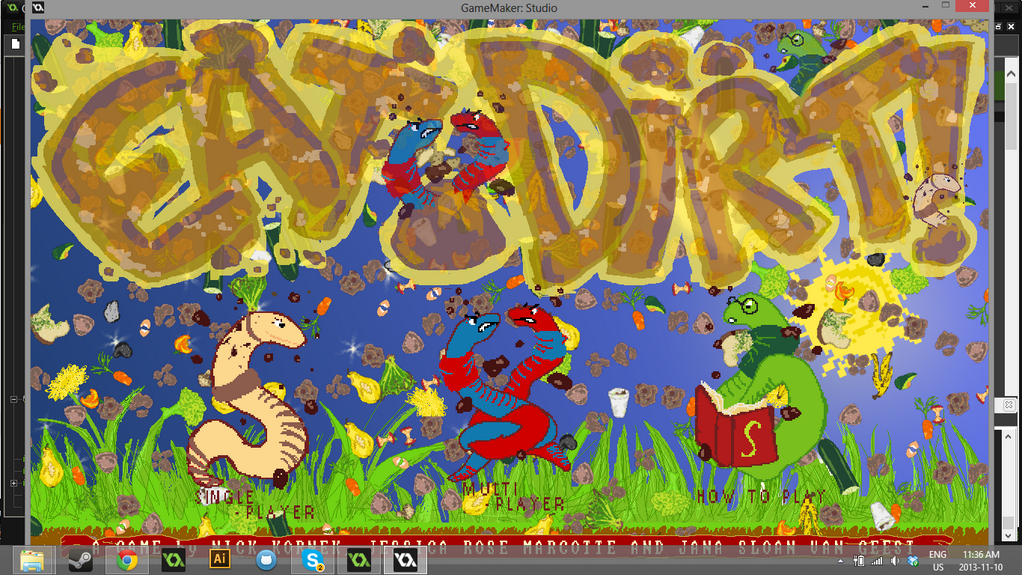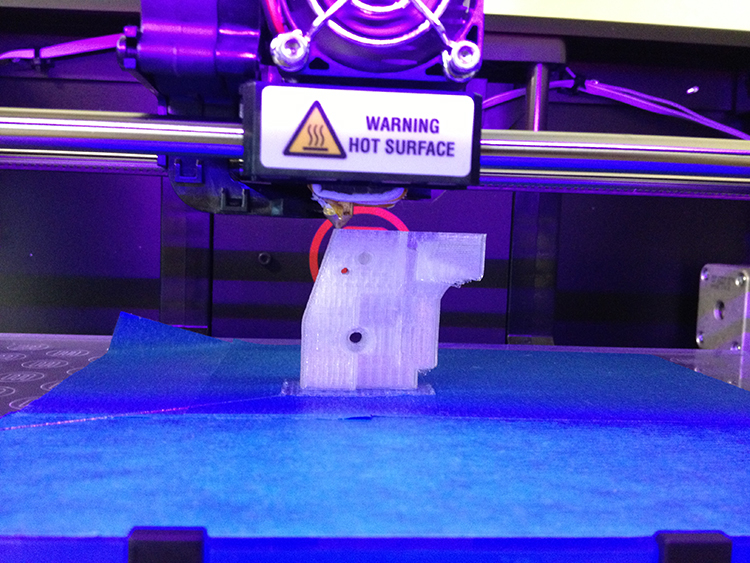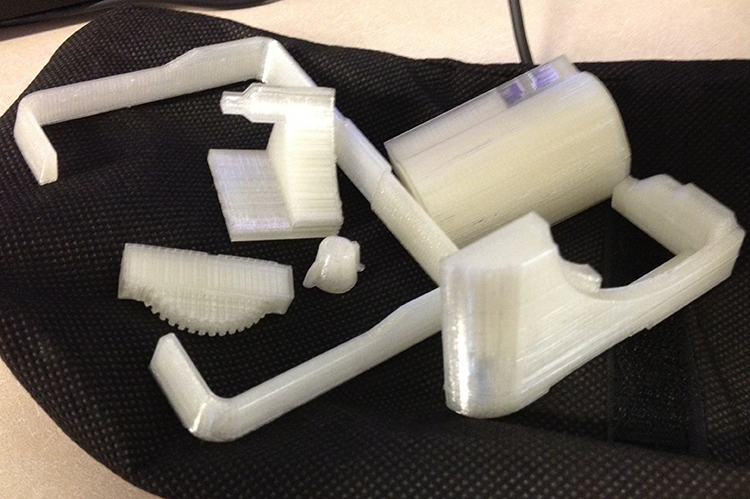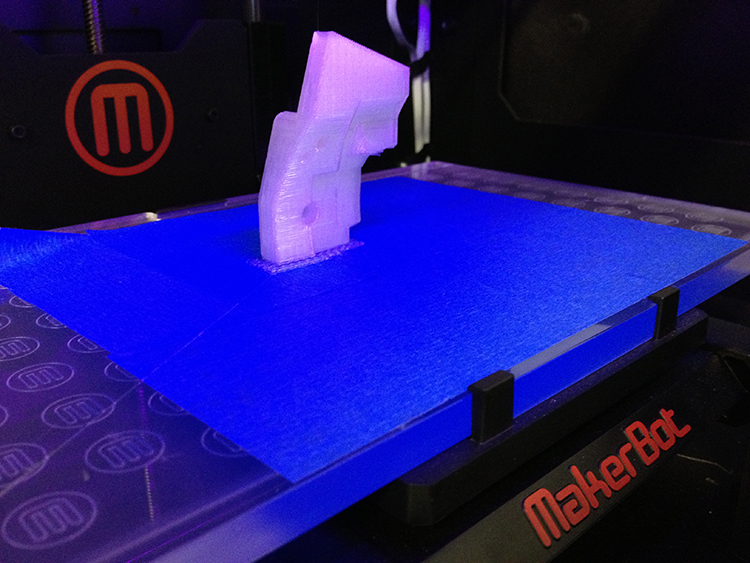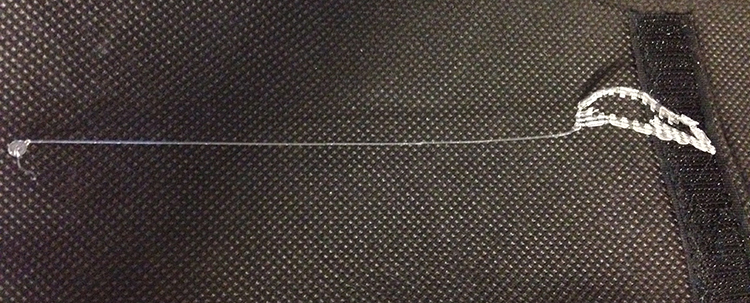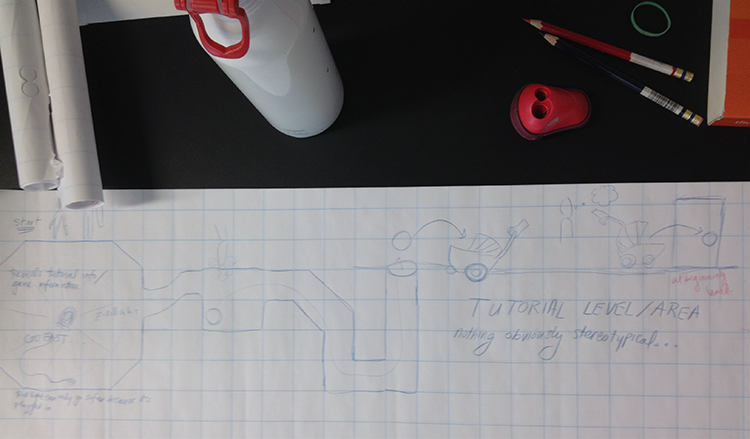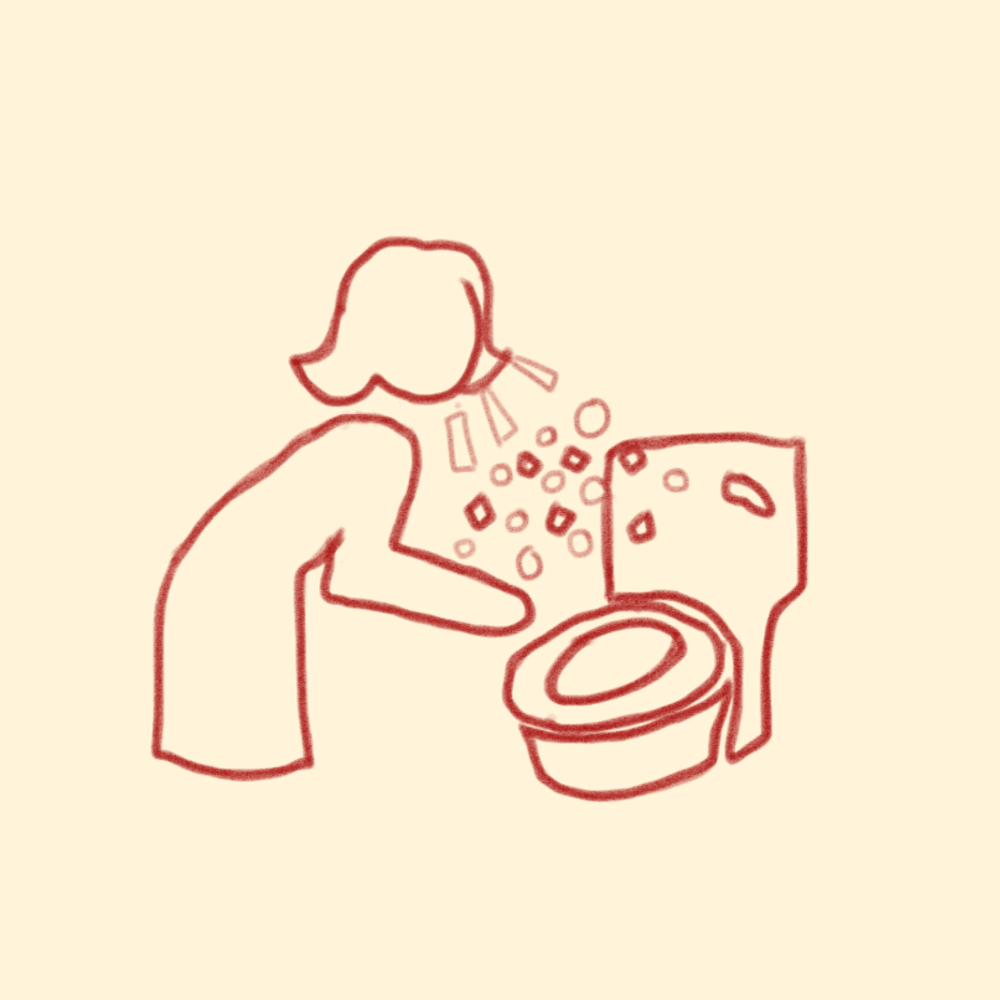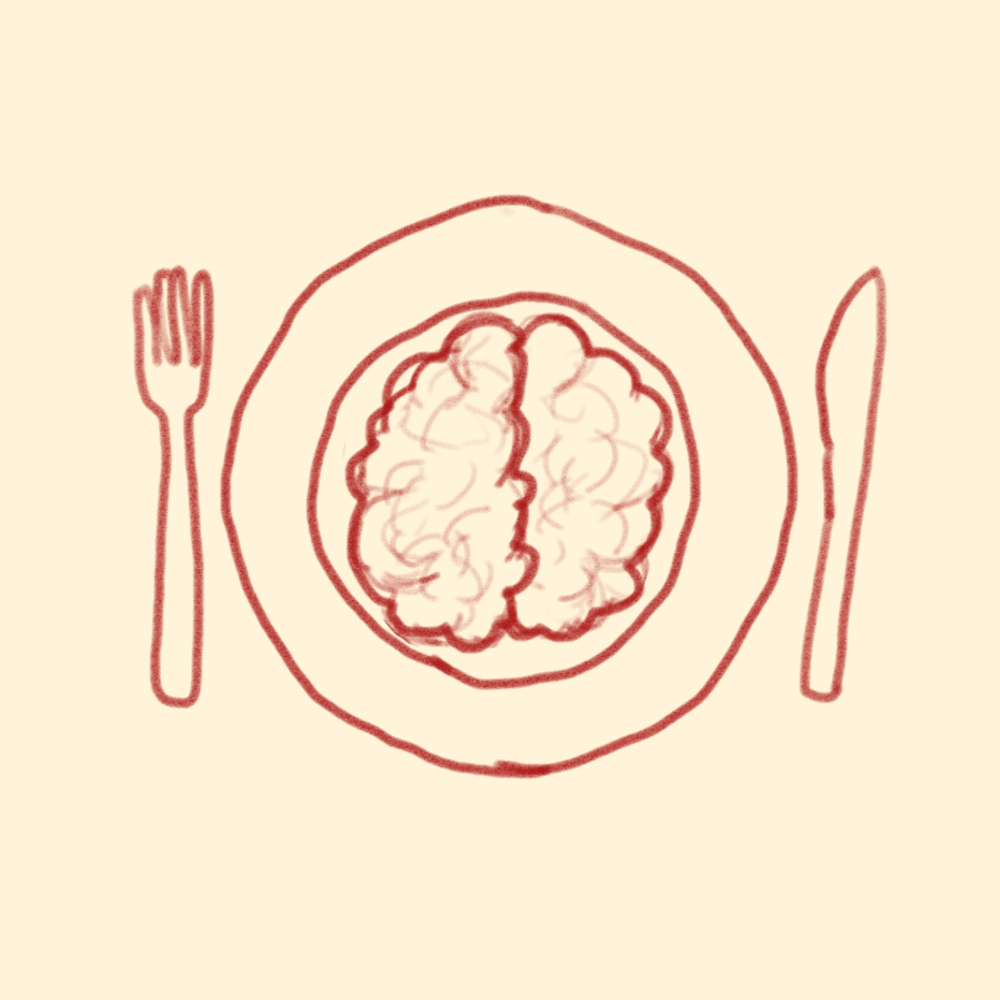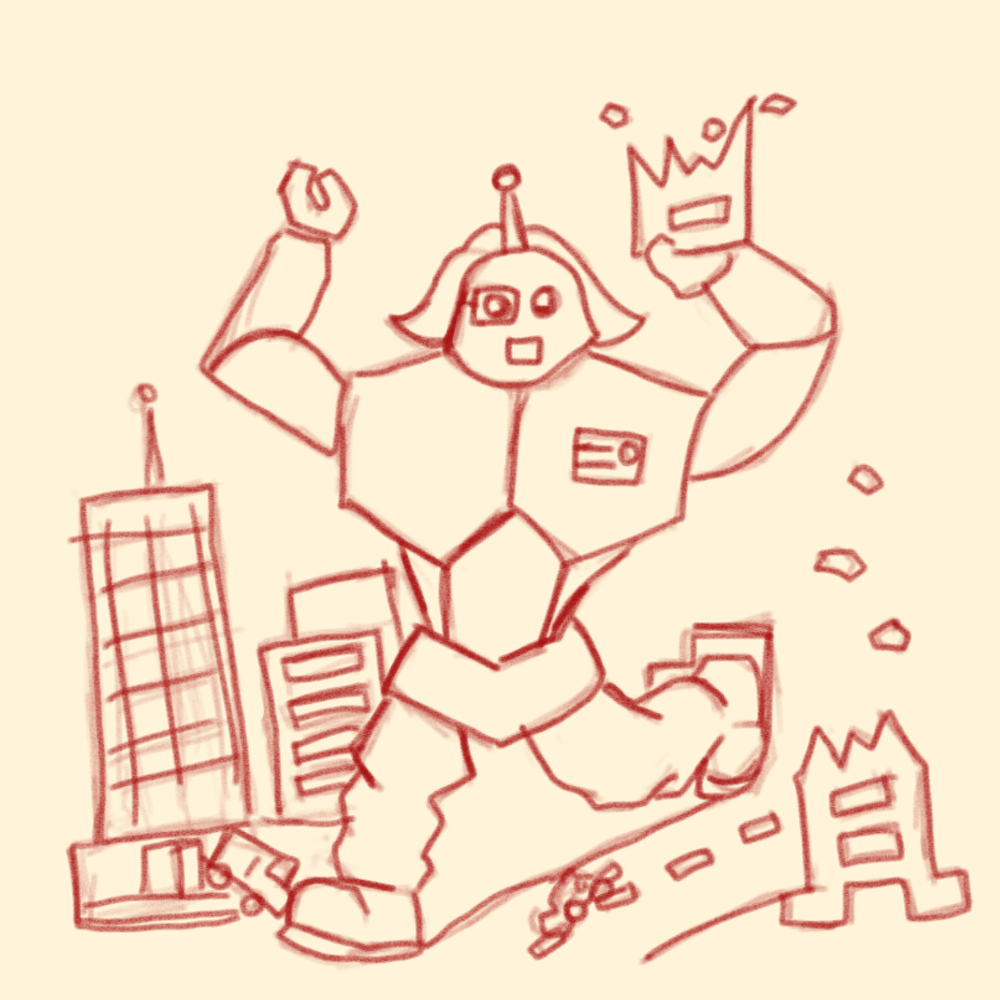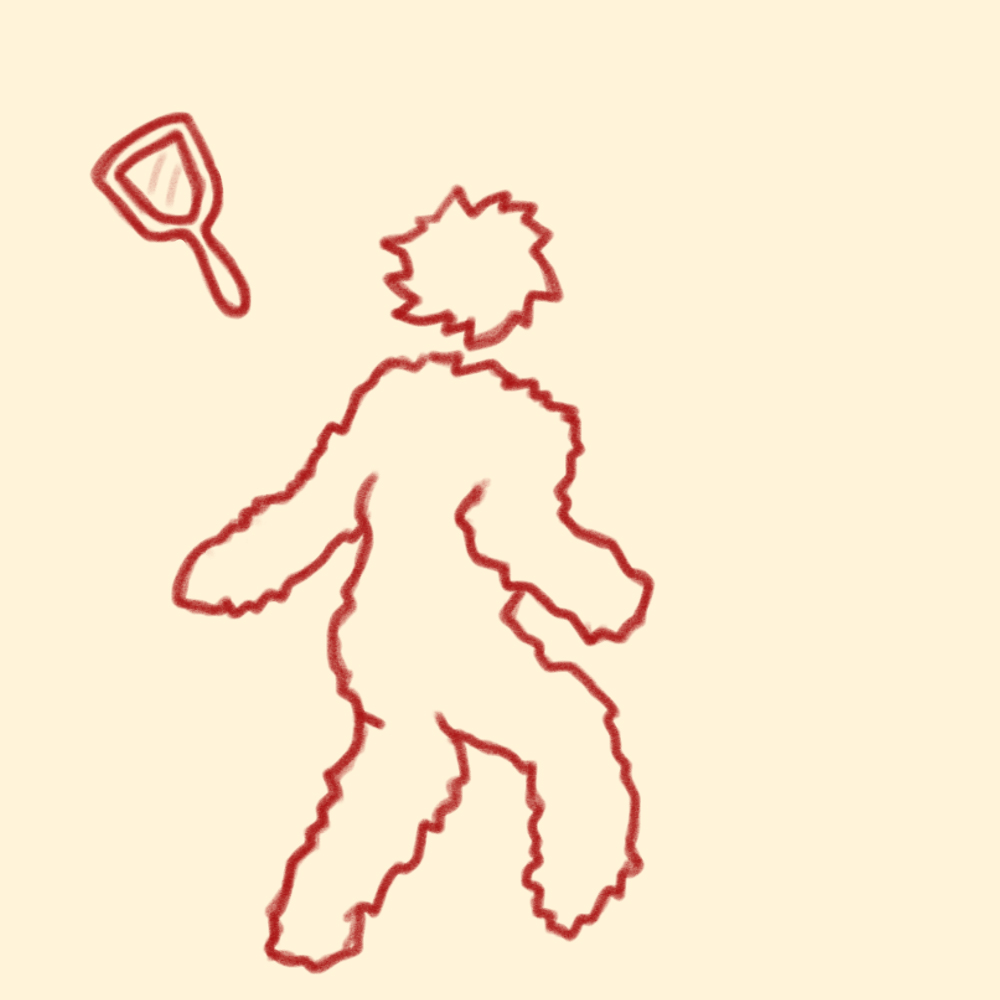With the Critical Hit Pre-Jam: Dawson Edition (not the official title, but how I’ve been thinking about it) slated for this weekend, I thought I’d take a little bit of time to talk about what the Pre-Jam that happened at Concordia on March 1st and 2nd was like.
This was the first time in a while that I decided to strike it out on my own without my Game of the Year teammates, Nick and Jana. I haven’t made a game completely on my own in some time (August, I think), but I felt like I needed to stretch my “programmer” wings a little bit, if only with Construct 2, which is what I decided to make my game in.
Before the jam happened, I attended narF’s excellent Construct 2 workshop and made a Flappy Bird clone that introduced me to all the basics. I was also lucky enough at the jam itself to have three Construct 2 veterans on-hand: narF, Alicia, and Charlotte, who all gave me a variety of excellent advice over the weekend.
The theme of the jam was “hybrid,” and of course my brainstorm went immediately off the rails when I started to think about the meaning of my own last name, Marcotte. “Marcottage” is, according to Wiktionary (I know, I know, it’s an excellent source), in botany, “a process of plant propagation where soil is tied onto a branch stripped of a ring of bark.” The next logical connection for me was, naturally, apples.
So, the strains of apples that we have around today are kept pure by grafting branches from older apple trees onto young trees. These grafted branches have very little chance to develop resistances to pests and other diseases. Unfortunately, that means that apples get hit with a lot of pesticides.
You know where I’m headed next, right?
Mutated apples. (I guess that it just goes to show that there are an infinite amount of places that you can take a jam theme.)
I thought, “What if the apples were bombarded with so much pesticide that some day something went horribly wrong, and the apples mutated? What if they then duked it out in my fridge?”
My Pre-Jam game, “Apple Rumble”, was born. It is probably the first and only fighting game involving apples as the main characters.
I decided to start with two characters, Granny Smith and Red Delicious. I decided to give them the ability to double-jump, defend themselves by growing protective leaf shields, move left and right, charge into each other, and bite each other. I also decided that while I wanted to show them getting increasingly physically damaged, since I was making everything for the game, including music and art and sound effects, I didn’t have the time to animate them getting more and more damaged. Instead, next to their health bars, I animated a small portrait of them getting increasingly damaged.
Scale was really important to me, because I really did want to have a finished game by the end of the weekend where I had made all the assets myself. Eventually I want to make more arenas, but I limited myself to one for the jam. For this version, I’ve made a fake character selection screen with other contenders such as “Crabapple,” “McIntosh” and “Fuji” that I’d like to learn to program and implement for real.
I got straight to work in Construct 2. Now, normally, I advocate going home to sleep during game jams, but this time I surprised myself. Somehow, I ended up working through the night. I guess that I was overcome by some kind of programmer’s adrenaline (at least, this is what narF called it when I mentioned it to him). I worked until about 5:30 in the morning, finishing the game (except for debugging and polishing). I slept until 8, had breakfast with my parents, and came back to the jam around 11 or so to polish and debug. Thankfully, people at the Dawson Jam won’t have this temptation, since the space will only be open until 9. Go home and sleep!
I also decided to work alone because it’s been so long since I have, but I think that a jam is a great place to get to know people. Working in a team also means that you can focus on one aspect of the game and make it really excellent, or focus on a new skill that you want to learn. For anyone who does feel like working alone, or for anyone else who is curious, the programs that I used for this game are:
– Construct 2, which has a free version and is easy to learn, very intuitive. The free version has some limitations.
– PyxelEdit, 8$, a great little program for pixel art with onion skinning and sprite sheet exporting.
– TuxGuitar, free, a fun program for writing music that lets you place notes on a music sheet and then preview them with jam-appropriate midi-sounding instruments.
– Audacity, also free, and when combined with FreeSound.Org or other similar sites, a very powerful tool for making sound effects quickly.
What was great about the Pre-Jam was that everyone seemed really ready to push the limits of their skills and to push into new and interesting design territory. One very interesting game combined physical cards with QR codes on them with an iPad that was set up to interact with them. The iPad kept track of the positions of the players’ resources on the screen as well as their health.
Another game involved having two players work together on the same controller in order to make different monster types to feed to another monster.
I was also especially fascinated by the game that narF and Hamish decided to make in collaboration with everyone else that was at the jam. It was a crowd-sourced Twine-based game. Twine is a free software that’s pretty easy to pick up that is really useful for creating interactive fiction. Throughout the weekend, narF and Hamish asked jammers to play their game, and once they reached the “end” (the game branches), to continue from where that ending left off. Sometimes this meant describing a character, or what would happen next in a pre-existing situation. Sometimes this meant placing objects within the world. I was lucky enough to introduce a perfectly ripe avocado into the game and describe the sheriff in the game as “not looking like Clint Eastwood at all.” I thought this was a great way to engage with other jammers and that it produced a really unique result — and that if narF or anyone else wanted to repeat the experiment, it would continue to produce unique results every time.
I hope to have Apple Rumble up soon for play, but meanwhile, enjoy these screenshots.
The upcoming jam theme is Cataclysm, and I think that it’s a very interesting theme. I’m a bit sad that I won’t be jamming with all of the excellent people that are sure to be at Dawson this weekend. Have fun, make games!
